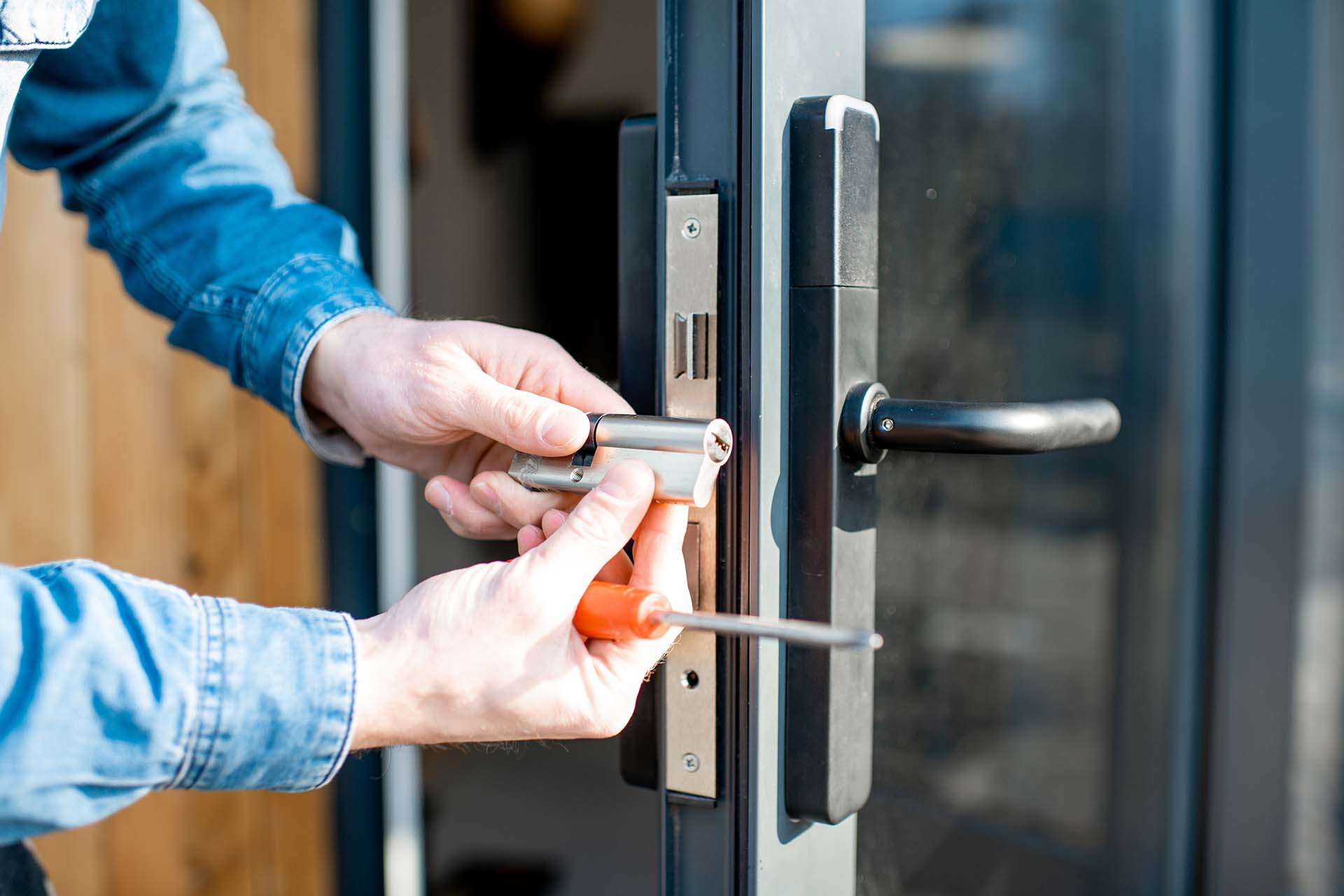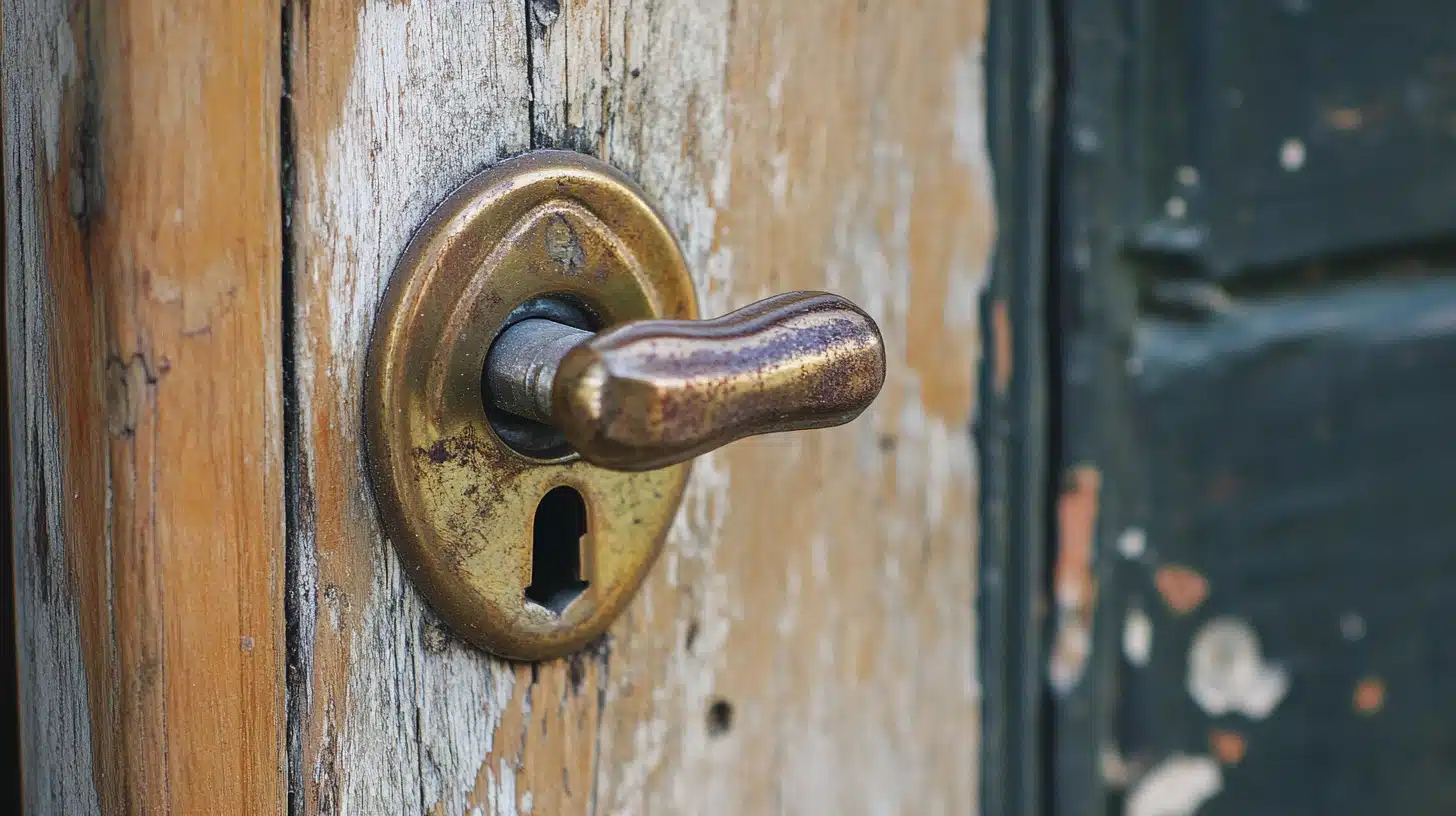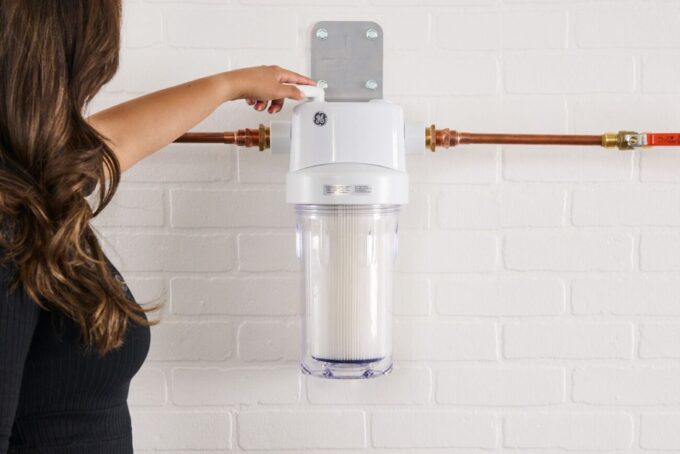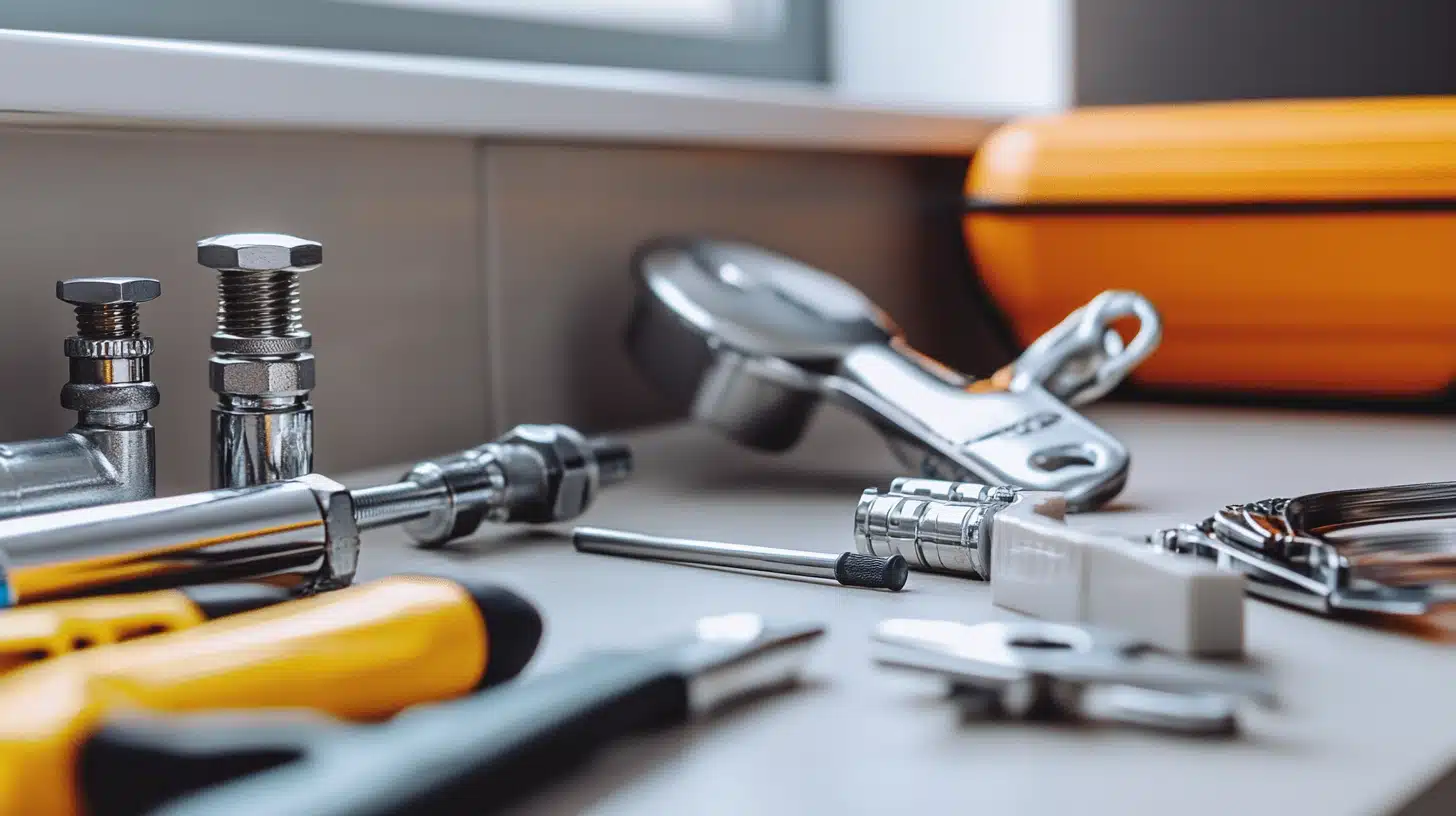Top Locksmith Tips: Repairing Damaged Locks and Replacing Broken Keys
Lock repair, dealing with damaged locks, and managing broken keys are common issues that many homeowners and property security managers encounter. You’re not alone in facing these challenges.
You’re not alone if you struggle with a stubborn lock or a broken key. Becoming aware of these problems might help you avoid wasting time or money, as they are more often than you may imagine.
In this comprehensive guide, we’ll provide practical advice for repairing damaged locks and replacing broken keys, empowering you to handle these issues confidently the next time they arise.
Identifying the Problem with Damaged Locks

Before diving into solutions, it’s important to identify what’s wrong with your lock.
Damaged locks can be displayed in various ways.
Your key must turn smoothly, or the lock becomes increasingly difficult to operate.
It’s also possible that the lock may not align properly with the latch, preventing the door from closing securely.
Common Issues with Damaged Locks
Understanding these everyday issues can help you diagnose and address problems more effectively:
- Key Won’t Turn: This could be due to misaligned or worn-out internal components.
- Lock Cylinder Loose: A loose lock cylinder might be caused by improperly tightened screws or internal wear.
- Rust and Corrosion: Weather conditions, especially moisture, can cause rust and make locks stiff or difficult to turn.
- Misalignment: The lock and strike plate might shift over time, leading to alignment issues.
The first step toward effective lock repair is identifying the specific problem. Effective Lock Repair Techniques
Once you’ve diagnosed the problem with your damaged lock, you can proceed with repair techniques.
Cleaning and Lubrication
One of the simplest fixes is cleaning and lubricating your lock.
Dirt and grime often accumulate inside the lock mechanism, causing it to function poorly.
Start by cleaning the surface of the lock with a soft cloth.
Then, apply a specialized lock lubricant. Avoid using general-purpose lubricants like WD-40; they can attract dirt and worsen the problem over time.
Tightening and Adjusting
If your lock cylinder feels loose, it may be due to loose screws or components.
To check for and tighten any loose screws, use a screwdriver.
You may need to adjust the strike plate if the lock mechanism is misaligned. Take out the strike plate’s screws, move it, and then tighten them once more.
Replacing Components
For more severe issues, replace internal components. This could include the lock cylinder or other parts that have worn out.
You can find replacement parts online or at a hardware store. Before purchasing, make sure they fit the specs of your current lock.
Consult a locksmith for guidance if you need help determining which parts to replace.
Re-keying the Lock
In some cases, re-keying the lock is a cost-effective solution. Re-keying involves changing the lock’s internal pins so that a new key will work.
This can be a good option if the lock is still in good condition, but the key has become problematic.
Re-keying is often cheaper than replacing the entire lock and can be done by a locksmith or at a hardware store.
Addressing Broken Keys

A broken key can be extremely annoying, especially if it prevents you from entering your house or vehicle. Here’s how to address this common issue:
Extracting the Broken Key
If your key has snapped off in the lock, you must extract it carefully.
Using needle-nose pliers or a broken key extractor tool can help you remove the key fragment. Be delicate to avoid causing additional damage to the lock.
Cutting a New Key
Once you’ve removed the broken key, you’ll need a replacement. You can have a new key cut at a locksmith or hardware store.
They will need the original key or the lock to ensure the new key fits correctly.
Some modern locks come with a key code, which allows you to order a new key without needing the original.
Using Key Duplication Services
If you’ve lost your only key, key duplication services can be a lifesaver. A locksmith can utilize specialized equipment to produce a new key based on the lock’s specifications.
This service is especially useful if you need a replacement key quickly.
Preventative Measures for Locks and Keys
Preventing issues with your locks and keys is always better than dealing with repairs.
Here are some tips to help you avoid common problems:
Regular Maintenance
Regular maintenance is key to keeping your locks in good working order. Clean and lubricate your locks every few months to ensure smooth operation.
This simple approach can control many common lock issues and expand the lifespan of your locks, saving you time and money in the long run.
Clean and lubricate your locks every few months to ensure smooth operation.
Regular maintenance can prevent many common lock issues and extend the lifespan of your locks.
Gentle Handling
Avoid using excessive force when turning or inserting keys. If you notice that a key is stiff or a lock is difficult to operate, address the issue before it becomes bigger.
High-Quality Locks
Investing in high-quality locks can help prevent issues down the line. Premium locks are often more durable and resistant to damage than cheaper alternatives.
When to Call a Professional Locksmith
While many lock repairs and key replacements can be handled on your own, there are times when it’s best to call a professional.
Complex issues, high-security locks, or unsure about the repair process are good reasons to consult a locksmith. Some lock repairs can be complex and may require professional expertise.
It’s always best to seek professional help if you need more confidence in handling the repair.
An experienced locksmith has the expertise and tools to handle many lock and key problems.
They can also offer useful advice on improving your home security and maintaining your locks.
Conclusion
In conclusion, lock repair, dealing with damaged locks, and managing broken keys are common issues everyone encounters at some point.
By understanding the causes of lock damage and implementing effective repair techniques, you can confidently handle these problems.
These tips, from cleaning and lubrication to key replacement and preventative measures, will help you keep your locks and keys in top condition.
Remember, feel free to seek help from a professional locksmith when in doubt. Their expertise will ensure your locks function properly and securely, providing you with your needed support.
Keep these tips in mind, and you’ll be well-equipped to tackle any lock-related issues that arise.







